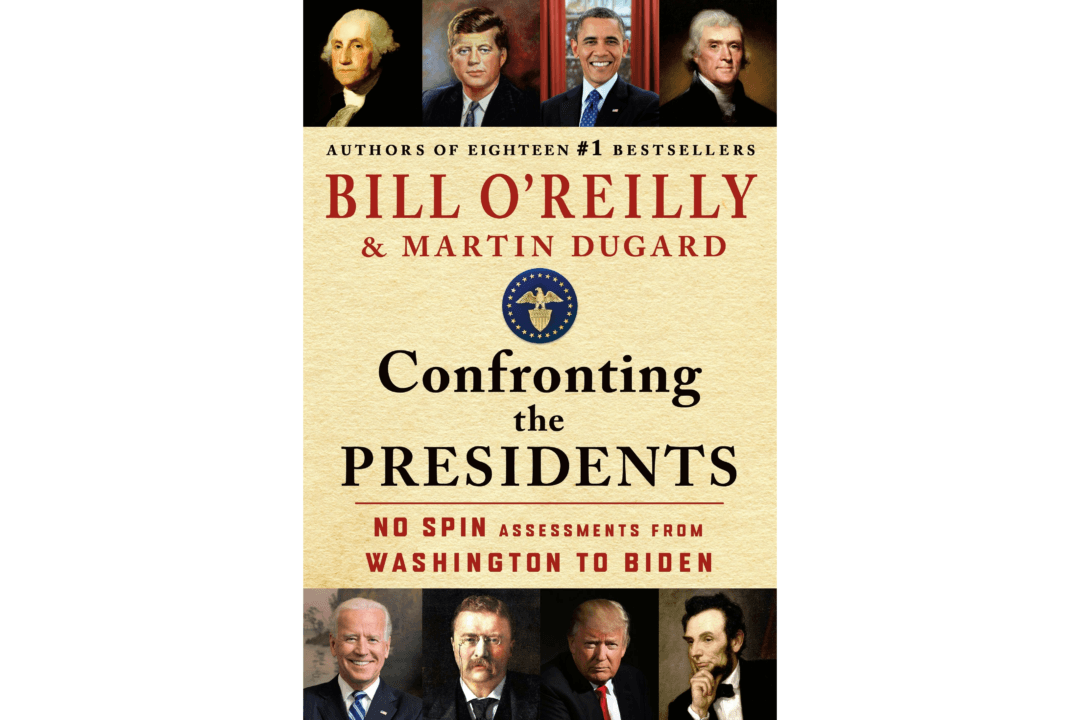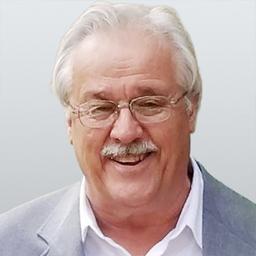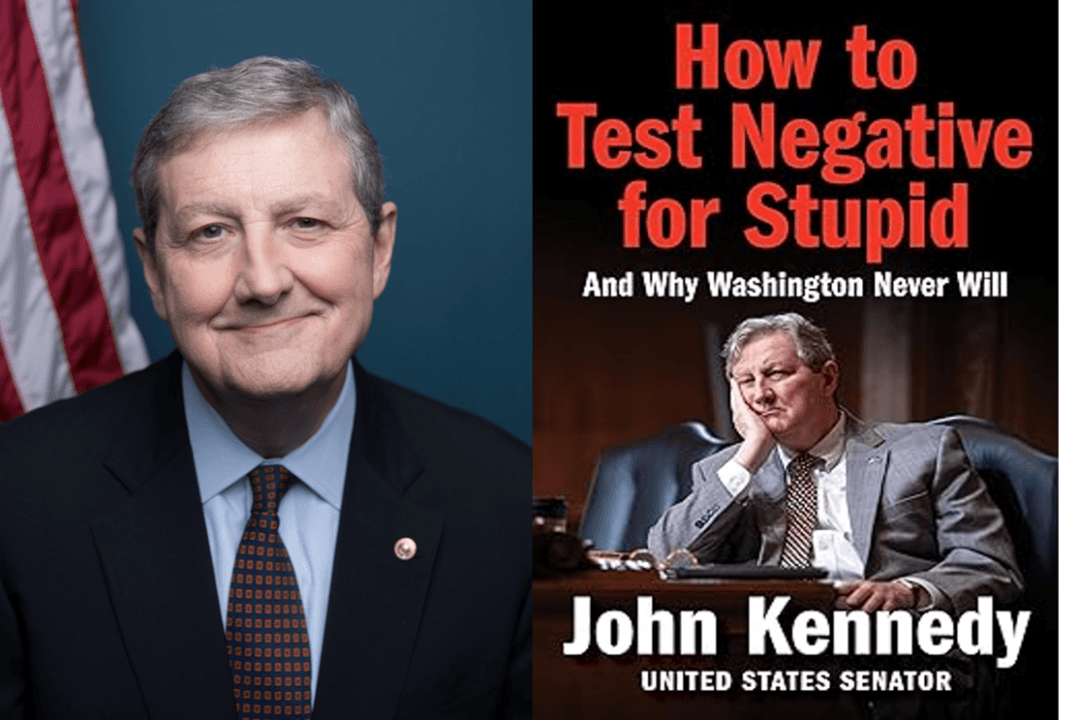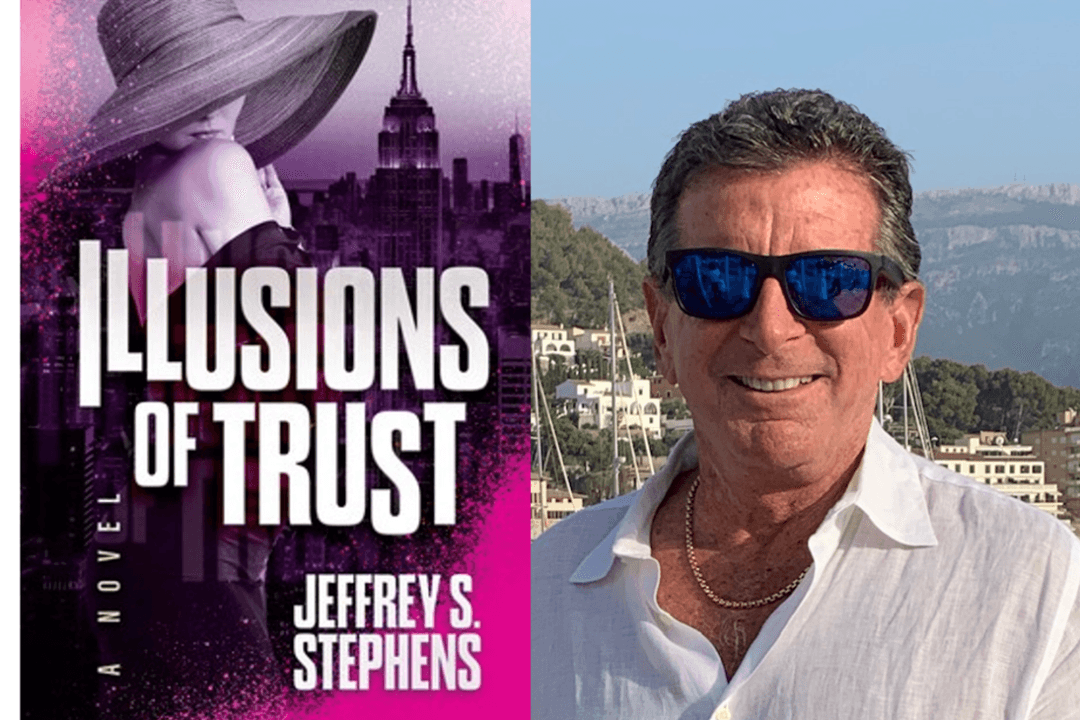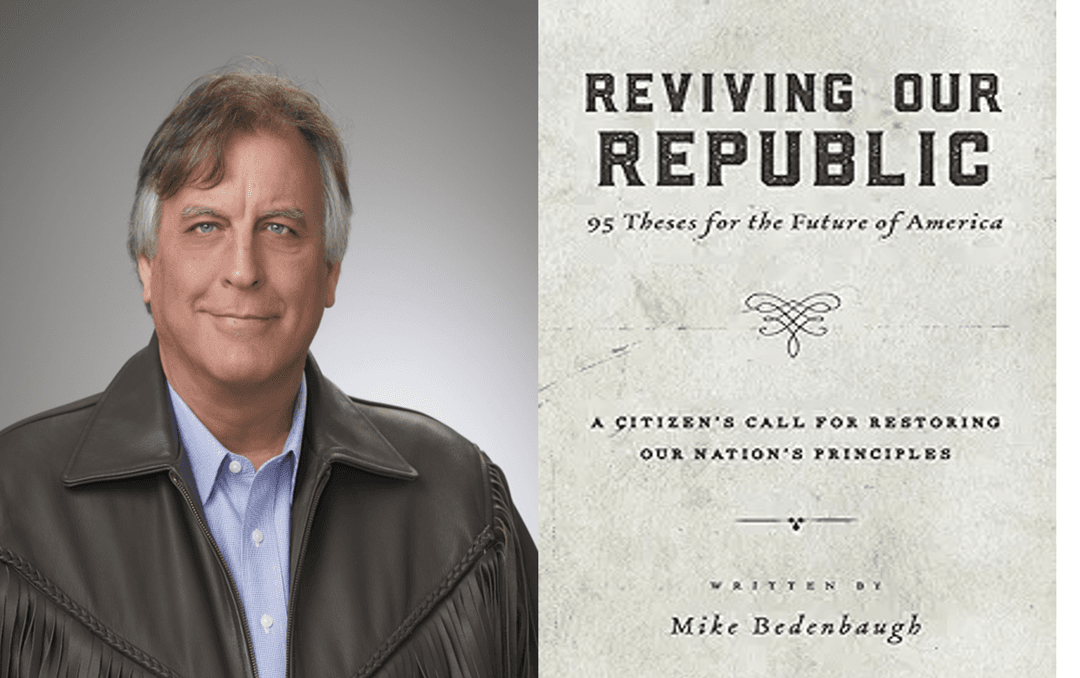A few millennia ago, Greek storyteller and fabulist Aesop wryly opined on the subject of politics: “We hang the petty thieves and appoint the great ones to public office.” Echoing that point centuries later, Italian political philosopher and writer Niccolò Machiavelli said, “Politics have no relation to morals.”
The helpful moral for voters today would seem to be that attaining elective office is no guarantee of noble character or pristine persona. Authors Bill O’Reilly and Martin Dugard maintain that point in U.S. politics in their latest bestseller, “Confronting the Presidents: No Spin Assessments from Washington to Biden.”

